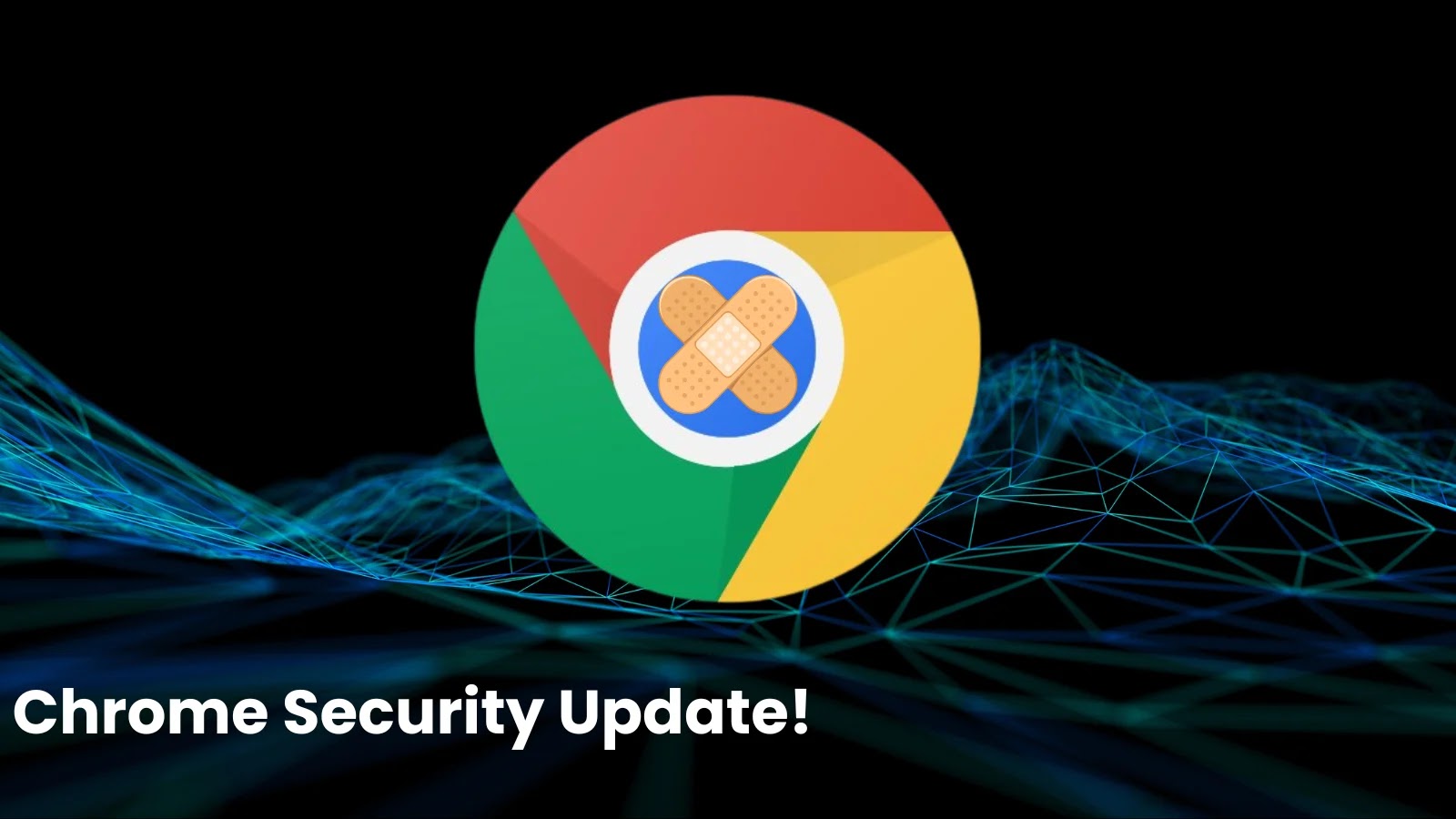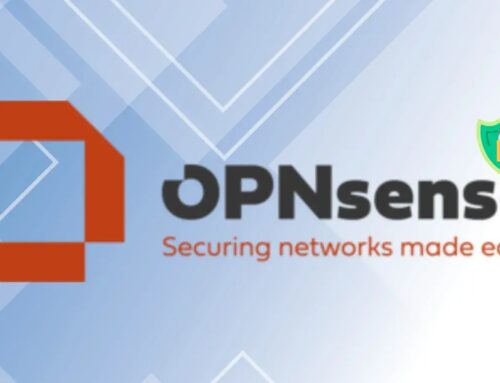
Chrome Security Update Patches Critical Remote Code Execution Vulnerability
Urgent Chrome Security Update Patches Critical Remote Code Execution Vulnerability
A critical vulnerability allowing potential remote code execution has necessitated an urgent security update for Google Chrome users across Windows, Mac, and Linux platforms. This flaw, if exploited, could grant attackers significant control over affected systems. Immediate browser updates are strongly advised to mitigate this substantial security risk.
Understanding the Threat: CVE-2024-XXXXX
Google recently rolled out a vital update for its Chrome browser, addressing a high-severity vulnerability identified as a remote code execution (RCE) flaw. While specific details of the technical underpinnings are often withheld by Google to prevent immediate exploitation, RCE vulnerabilities are among the most dangerous due to their potential to allow an attacker to execute arbitrary code on a user’s machine without their explicit consent. This could lead to data theft, system compromise, or the installation of malicious software.
Although the provided source does not specify a CVE number, this type of vulnerability typically receives one, such as CVE-2024-XXXXX (placeholder for future reference once official details emerge). The absence of a disclosed CVE number at the time of the initial alert often indicates the severity and the rapid response required to patch the flaw before too many details become public.
Impact and Scope of the Vulnerability
The severity of this remote code execution vulnerability cannot be overstated. A successful exploit could allow an attacker to:
- Take control of the affected browser session.
- Execute malicious code with the same privileges as the Chrome browser, potentially leading to system-level compromise if Chrome is run with elevated permissions.
- Install malware, spyware, or ransomware without user interaction.
- Access sensitive user data, including browsing history, cookies, and stored credentials.
This vulnerability impacts Chrome browsers on widely used operating systems: Windows, macOS, and Linux. This broad reach underscores the critical need for all users to update their browsers without delay.
Remediation Actions: Update Your Chrome Browser Immediately
The primary and most effective remediation action is to update your Google Chrome browser to the latest stable version. Google has pushed out the following urgent updates to address this vulnerability:
- For Windows: Stable channel updated to version 140.0.7339.127/.128
- For Mac: Stable channel updated to version 140.0.7339.132/.133
- For Linux: Stable channel updated to version 140.0.7339.132/.133
To update your Chrome browser:
- Open Google Chrome.
- Click the three vertical dots (menu icon) in the top-right corner.
- Go to Help > About Google Chrome.
- Chrome will automatically check for and download the update.
- Once downloaded, click Relaunch to apply the update.
Ensure your browser is always set to automatically update to receive critical security patches as soon as they are available.
Relevant Tools for Security Analysis and Protection
While the immediate fix is a browser update, understanding and protecting against such vulnerabilities often involves a broader security strategy. The following tools can assist in maintaining a robust security posture:
| Tool Name | Purpose | Link |
|---|---|---|
| Google Chrome Enterprise | Centralized management and security policy enforcement for organizations. | https://chromeenterprise.google/ |
| Endpoint Detection and Response (EDR) Solutions | Detects and responds to advanced threats, including anomalous process execution that might follow an RCE. | (Vendor specific, e.g., CrowdStrike, SentinelOne) |
| Vulnerability Management Systems | Scans and identifies unpatched software, including browser versions, across networks. | (Vendor specific, e.g., Tenable.io, Qualys) |
| Network Intrusion Detection/Prevention Systems (NIDS/NIPS) | Monitors network traffic for suspicious activity and known attack patterns. | (Vendor specific, e.g., Snort, Suricata) |
Conclusion
The recent Chrome security update addressing a critical remote code execution vulnerability serves as a stark reminder of the persistent and evolving threat landscape. Proactive patching is not merely a best practice; it is a fundamental requirement for maintaining digital security. Users and organizations must prioritize immediate updates to protect against potential exploitation and ensure the integrity of their systems. Stay vigilant, update promptly, and maintain a multi-layered security approach.





